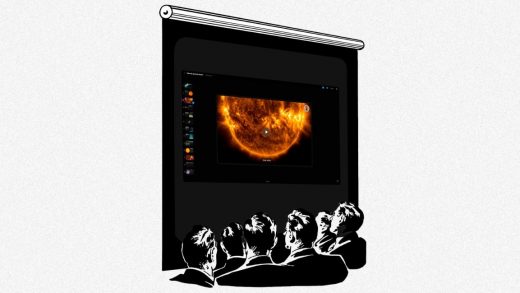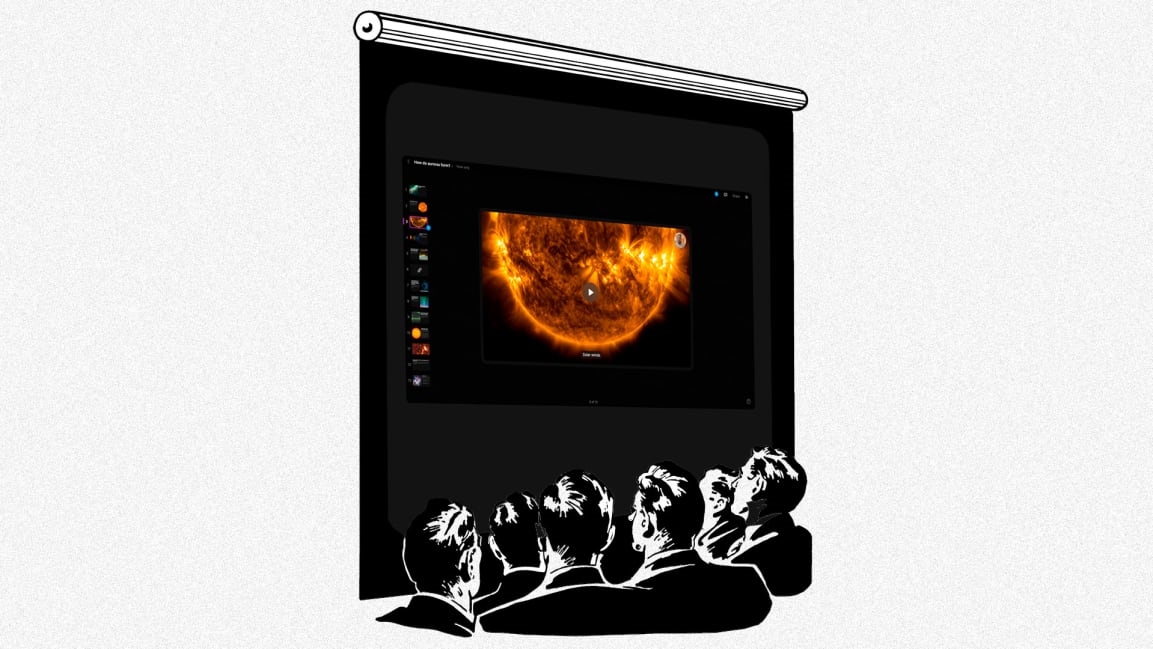Tome wants to bring work presentations into the social media age
Thanks to social media tools like Instagram and TikTok, millions of people have grown adept at entertainingly telling stories online with a few taps of their phones.
The ease with which people can create engaging content with these tools helped inspire a company called Tome, which just launched a new product designed for workplace communication and presentations after securing $32 million in financing from investors including Greylock Partners and Coatue Ventures.
More than just an improved PowerPoint, Tome lets users build and edit stories—it’s designed for mobile, as well as desktop, creation—integrating text, images, and embeddable content from Tweets to YouTube videos to designs created on Figma or CAD software. As content is typed or inserted into each page’s canvas, it automatically reflows and stretches to look, well, presentable, without the need to scale and crop material to fit the confines of a traditional rectangular side.
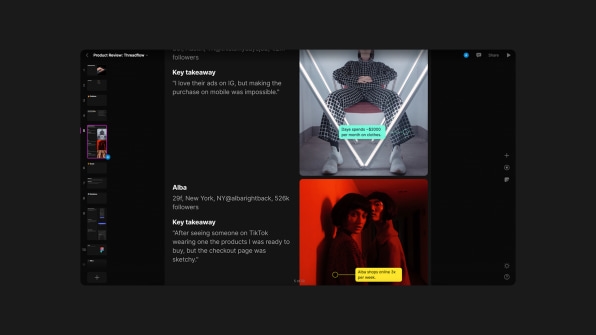
“If you want to add something, you drag it onto the canvas,” says cofounder Keith Peiris, previously a camera AR lead at Instagram and a product manager at Facebook. “We just found that within minutes, folks figure it out, they’re ready to play.”
These stories can then be presented on a shared screen similar to a PowerPoint or Google Slides presentation, or sent to others to view on their own devices. Similar to Instagram stories, recipients can glide from one page to another, scrolling up and down through individual pages and engaging with any embedded content. Peiris says it only makes sense for the corporate storytelling tools people use to talk to coworkers and would-be clients to keep up with the power and ease of use of what we now take for granted in the consumer market.
“When we went back to our desks and had to talk about big decisions to make at Instagram and Facebook, we were using Google Slides and PowerPoint,” he recalls, even though those companies build sophisticated social sharing tools.
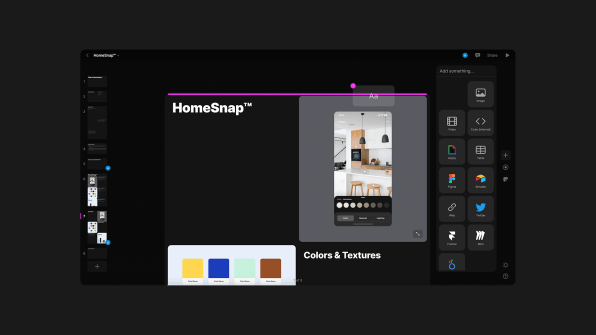
Peiris says those traditional slideshow tools cause users to spend more time crafting slides than focusing on the actual “narrative arc” of the stories they’re trying to tell to coworkers, investors, or would-be customers.
“They feel like design tools more than they feel like storytelling and communication tools,” he says. “This got us excited to see what else we could do.”
Peiris says he also envisions that the tool will help companies move past the era when one person is simply presenting content via boardroom projector or Zoom. The tool is already being used internally at Snapchat to share design ideas, with links circulated to people’s phones as needed, he says.
“Most of their work is on mobile, so you can send a Tome, tap on it, open the mobile design on the device as intended,” he says. Other existing users include Stripe, Ideo, Unity, and Notion.
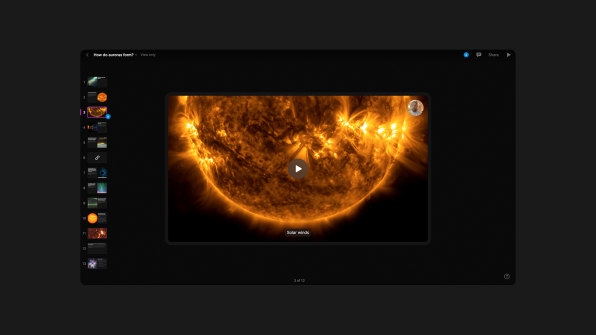
Peiris and board member Reid Hoffman, the LinkedIn founder who is now a partner at VC firm Greylock, say they’re not too concerned about competition from big office suite makers like Microsoft and Google.
“Software can always be built,” Hoffman says. But since those companies are focused on their existing, legacy, desktop-oriented products—which Hoffman compared to “a 2,000-item Swiss Army knife”—they’re less likely to suddenly switch gears to focus on competing with mobile-oriented Tome.
Peiris says the company will likely one day charge for multiuser corporate accounts but is committed to offering a free version for individual users. At present, Tome is available to anyone who visits the site. Already, the company has seen some interesting use cases, like people building fitness guides to take to the gym.
“We’re really excited to get it to a lot of different types of people, in the sense that we’ve had real estate agents use it, we’ve had fitness trainers use it,” Peiris says. “I think we just want to go really broad.”
(53)

